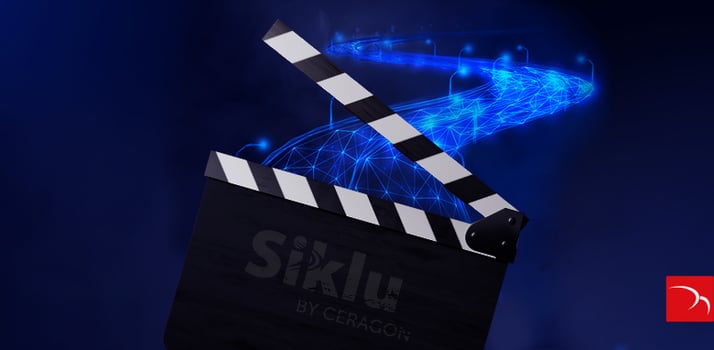Service providers and operators face a never-ending network expansion process. This is a result of launching new services, evolving mobile network towards gigabit-LTE and 5G, and an increasing customer base and service area. These factors, together with the exponential growth in capacity requirements per customer and per service, also result in an increasing rate of this expansion trend.
As network expansions reach the mass-deployment scale, the entire network lifecycle changes and gives rise to significant new challenges for the network operator. These challenges are not necessarily technological. Network elements, solutions and systems become more sophisticated and enable operators to achieve higher capacity, broader coverage and richer services while using less resources and maintaining a valid business plan. The challenges are now of a different kind and have to do with the scale of the operations and the skills that are required to maintain it.
The main challenge
The main challenge is typically in the planning, installation and commissioning phase. The commissioning of a network element, whether it’s a router, cell-site or wireless transport node, is becoming more complicated as these products become software-centric and feature rich network components.
This means that service providers and operators need different skills to commission these elements, and also may need to commission way more elements in a given timeframe as compared to the rate they are used to.
The multiplication of these three factors – more elements, more time per element and more skill per element – translates into huge growth in network operator OPEX. It means that service providers and operators will need more field and non-field engineers with a higher level of skills (meaning they will probably need to be paid more) and that they will be able to install less sites in a given timeframe as each installation and commissioning takes longer.
What’s the solution?
There are ways to reduce the load and to improve labor productivity and cost structure.
A sophisticated, state-of-the-art network element does not necessarily need to require more time or higher skills to install and commission. This gap can be bridged in a few ways.
The element management system can be friendly and enable the installer to have network element configured as if he was installing a simple application on his mobile (the famous "next, next,next" effect). In this way, by utilizing an installation wizard, an initial setup can be achieved within minutes. This enables a central management, provisioning or activation system to complete the commissioning remotely.
An additional way to tackle this challenge is to automatically pre-create a node-specific configuration file for each new network element. In this way the installer's task becomes a basic file-upload routine requiring a very short and, more importantly, a very basic skill-set.
Both options offer great benefits to the operator. Less money is spent on each network element installation and commissioning as more elements are installed in a shorter time by a less-skilled staff member, time-to-market and time-to-revenue are accelerated, and site-revisits are prevented.
The last benefit derives from partly eliminating the “human factor” from the process. This means a much better “first time right” ratio and, consequently, a reduced number of site re-visits.
To conclude, network densification and mass deployment pose challenges to your organization. These challenges may have a dire effect on your business performance. In order to avoid this effect, a network operator should look for tools that optimize and simplify the installation and commissioning phase of the network lifecycle when choosing a solution for his network evolution.
In our next blog, we will discuss additional challenges in the network lifecycle with a focus on the maintenance and optimization phases.
To learn about our comprehensive Professional Services


